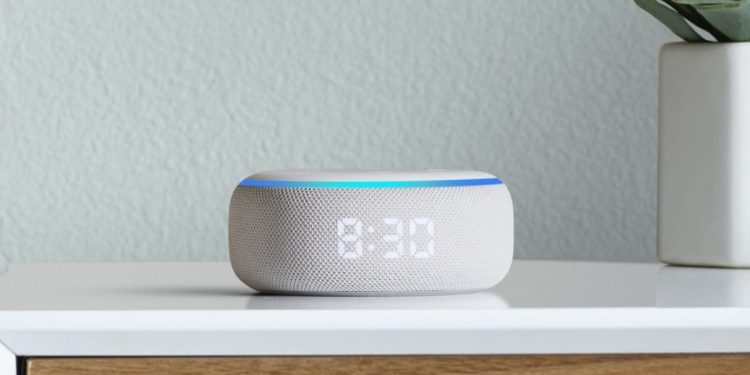Watch all the Transform 2020 sessions on-demand here.
Amazon Alexa developers looking to support motorized window shades and kitchen appliances have reason to rejoice. A host of smart device control features previewed earlier this year are now generally available, including semantic extensions, cooking modes, and inventory sensors.
As of today, developers can map one of three building blocks — toggle, range, and mode — to model functionality for water valves, closets, drawers, garage doors, gates, curtains, shades, blinds, awnings, and other gadgets. Four semantic extensions support utterances that use “open,” “close,” “raise,” and “lower” commands, which Amazon notes are some of the more natural ways Alexa customers speak to appliances.
Developers can leverage extensions to control a projector screen with the request “Alexa, lower the movie screen,” or trigger a window blind with “Alexa, open the window.” And shades like those from IKEA (and soon Lutron and Schellenberg) can be adjusted using requests like “Alexa, raise the blinds” and “Alexa, open the blinds to 80%.” Plus, starting with manufacturers like Nexx, the extensions “open” and “close” will support garage door controls with phrases like “Alexa, close the garage door.”
In a related development, the Cooking API is now available, allowing Alexa customers to control conventional ovens, pressure cookers, coffee makers, toasters, slow cookers, and more with voice. Select appliances — including GE Appliance ovens, June Ovens, and Traeger Grills — enable home chefs to check cooking progress and temperature, and 40 new modes let them specify cooking types and techniques, such as air-fry and pressure cook. Additionally, developers can now allow Alexa users to set a device’s temperature without specifying a duration, or to cook food until it reaches a given internal temperature.
June 5th: The AI Audit in NYC
Join us next week in NYC to engage with top executive leaders, delving into strategies for auditing AI models to ensure fairness, optimal performance, and ethical compliance across diverse organizations. Secure your attendance for this exclusive invite-only event.
This afternoon also marks the official launch of inventory sensors, or any connected smart home device that uses a consumable or has replacement parts. Now, Alexa can let customers know when supplies used by their device (e.g., a printer, thermostat, toothbrush, washing machine, dishwasher, or vacuum cleaner) are running low or parts need replacement, and facilitate orders or reorders through Amazon’s Dash Replenishment Service.
There’s a reason Amazon’s devoting time and attention to smart home device integrations where Alexa is concerned. Smart home device shipments are expected to experience a 26.9% year-over-year uptick to 832.7 million units by 2020 and to hit 1.6 billion units by 2023. And of the 75% of respondents to a recent Dashbot survey who use voice assistants like Alexa at least once a day, 23% say they control smart home devices with their assistant. Of that group, 63% tap assistants for home automation multiple times a day.


